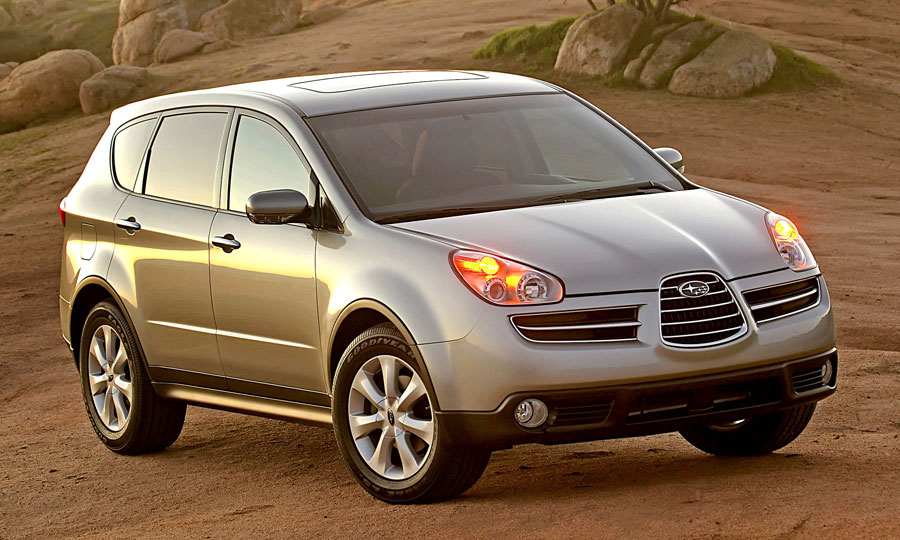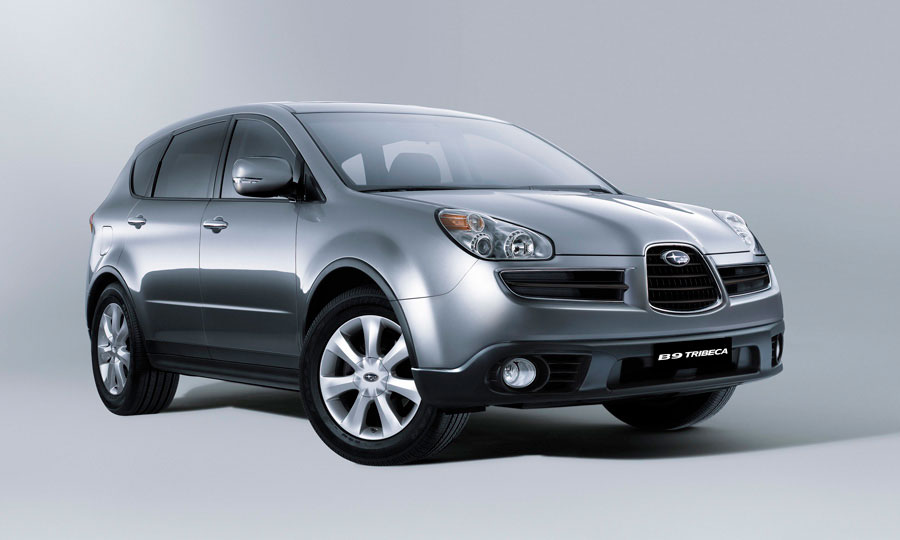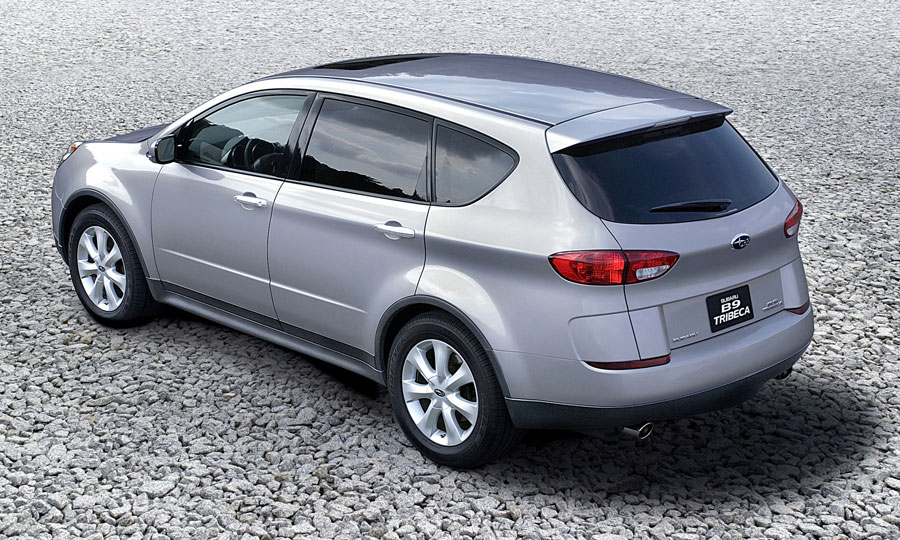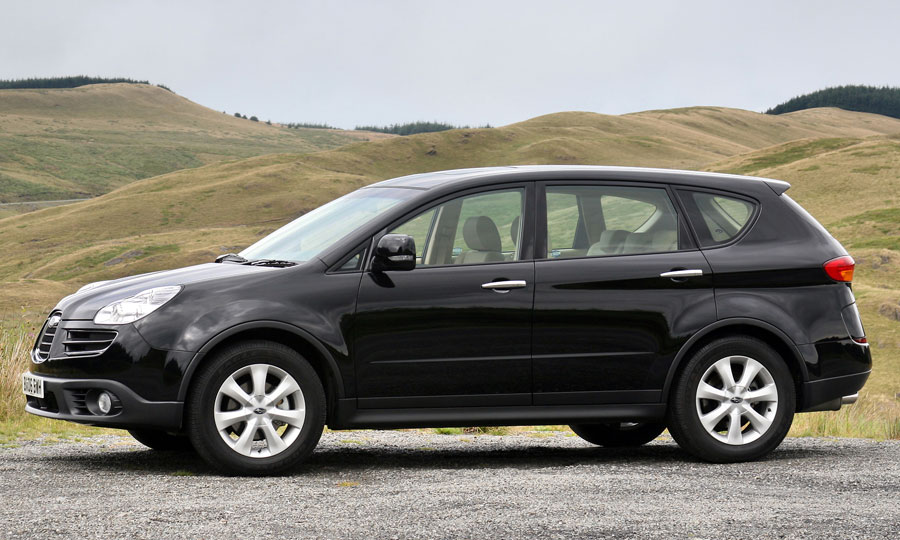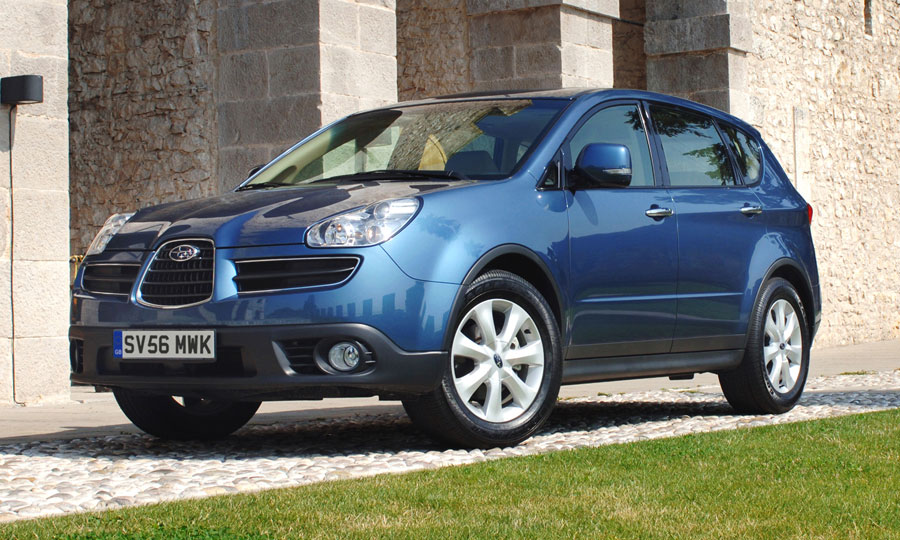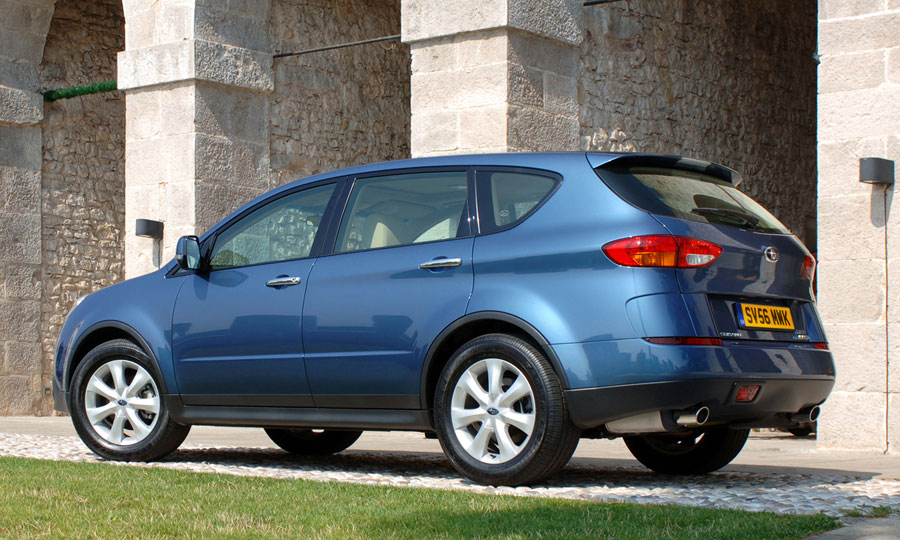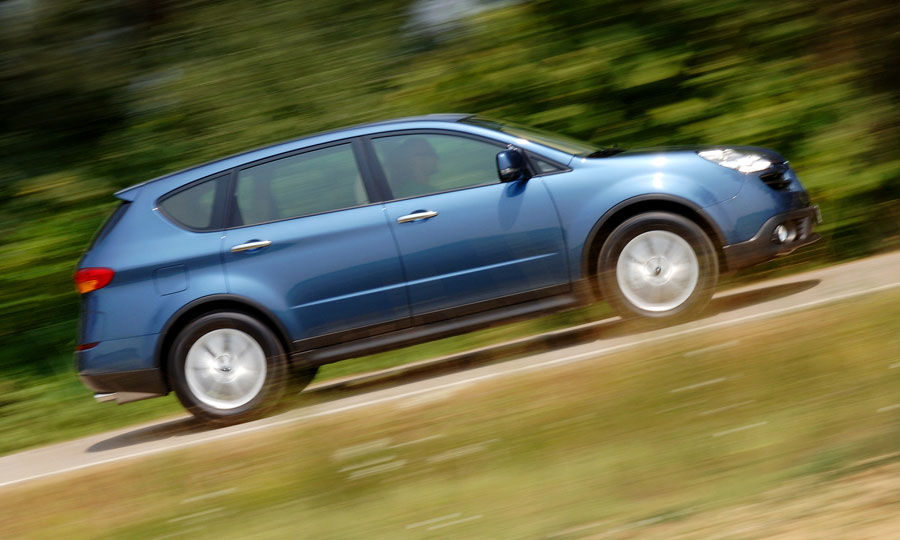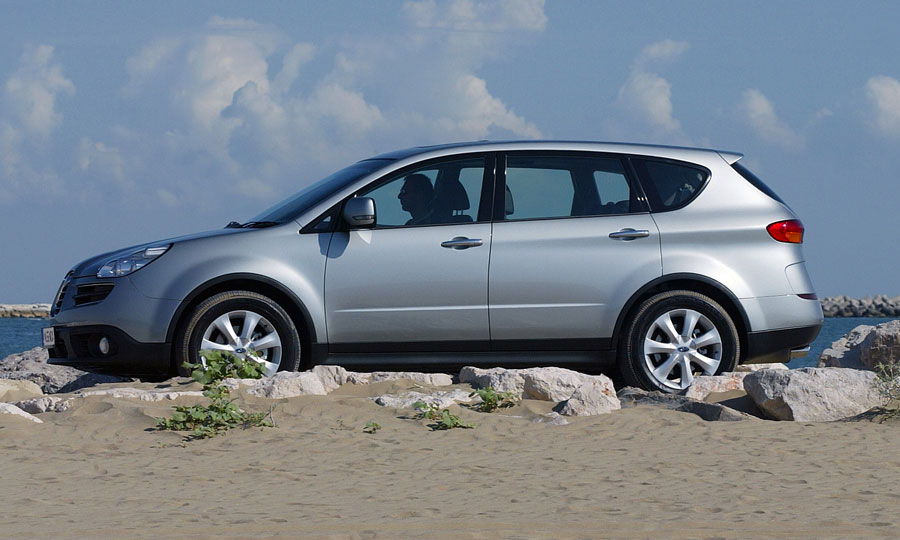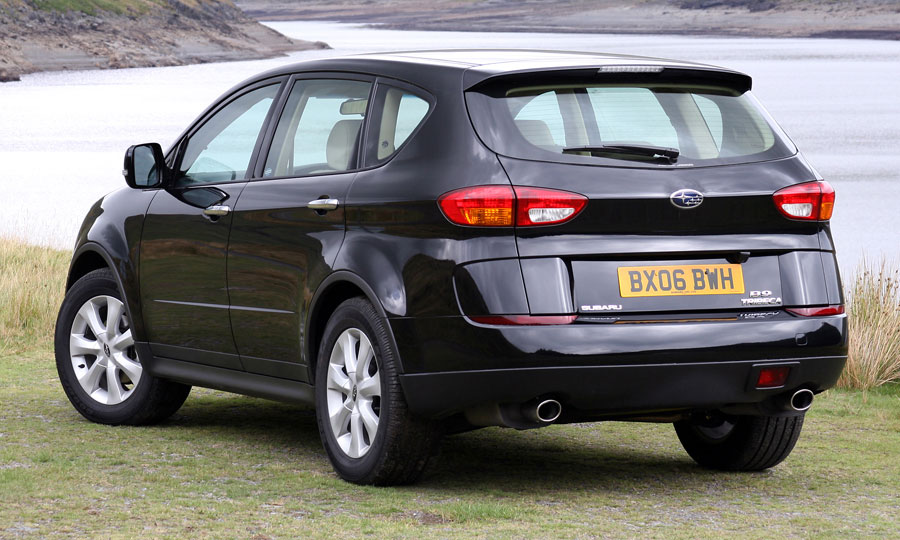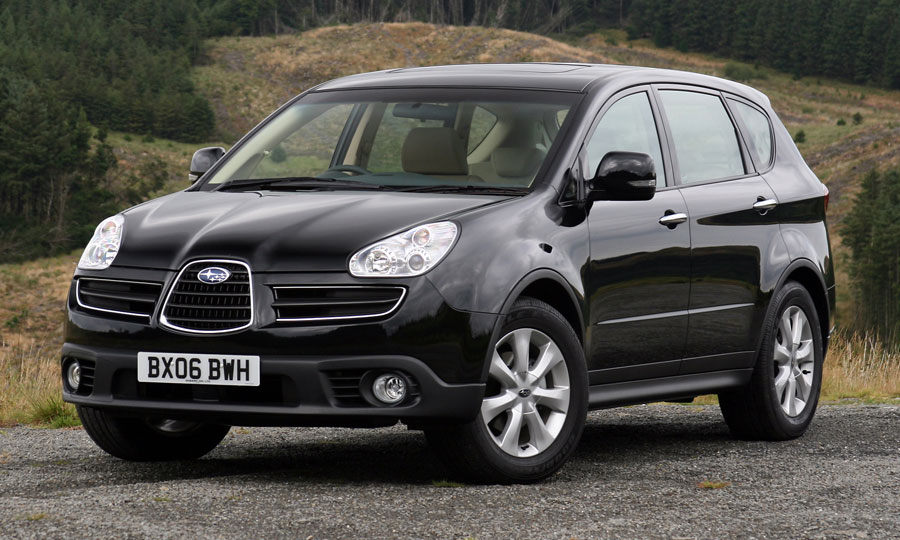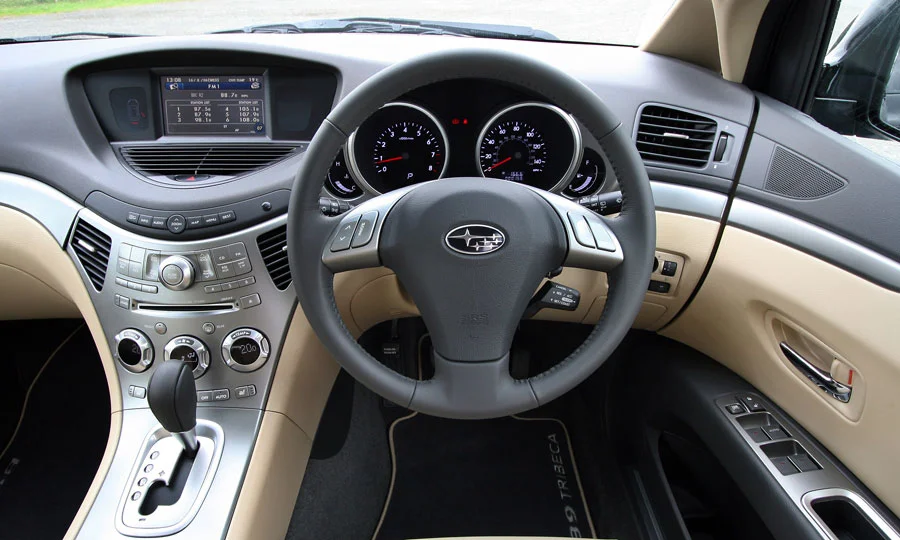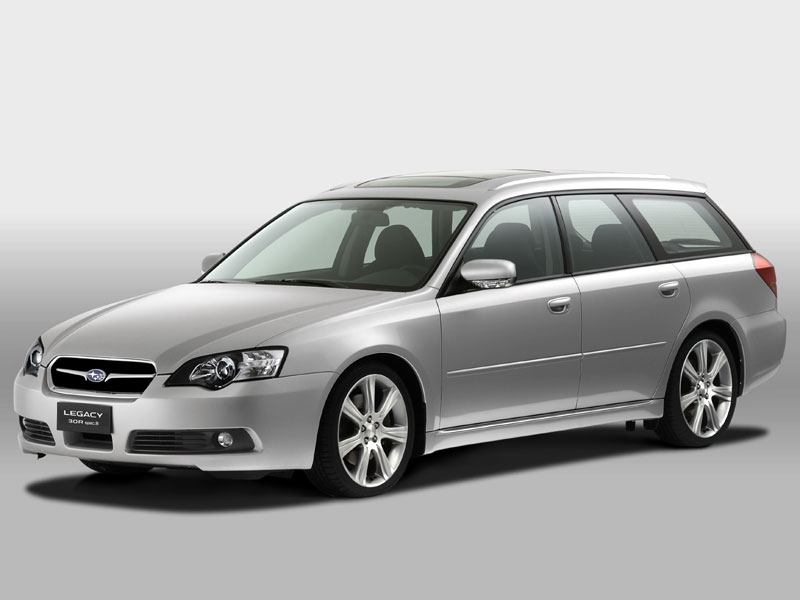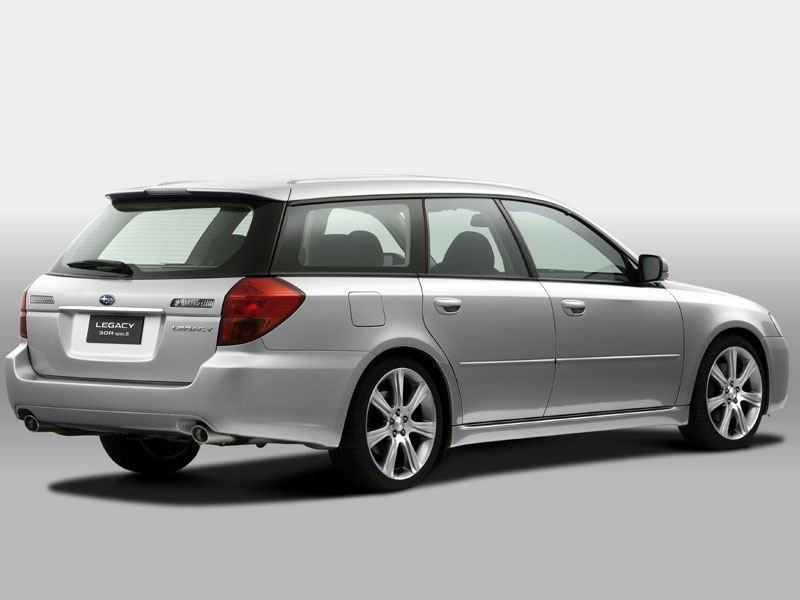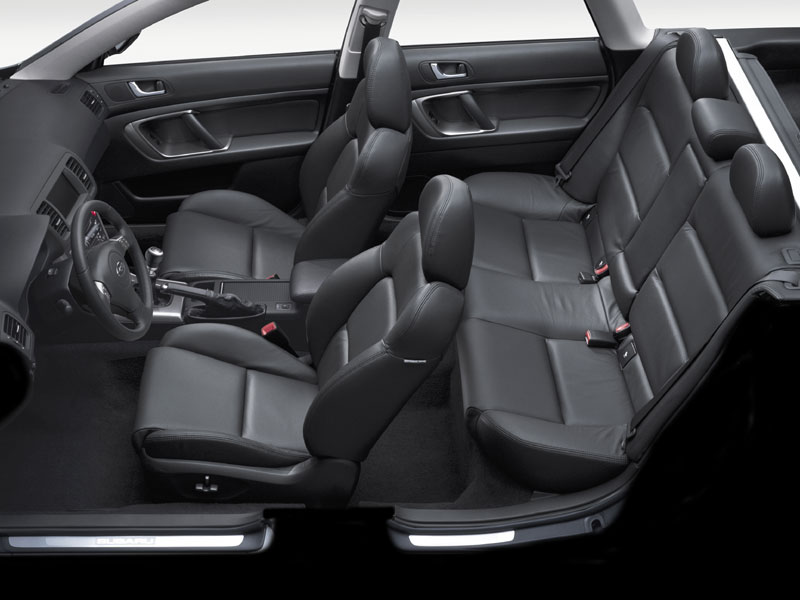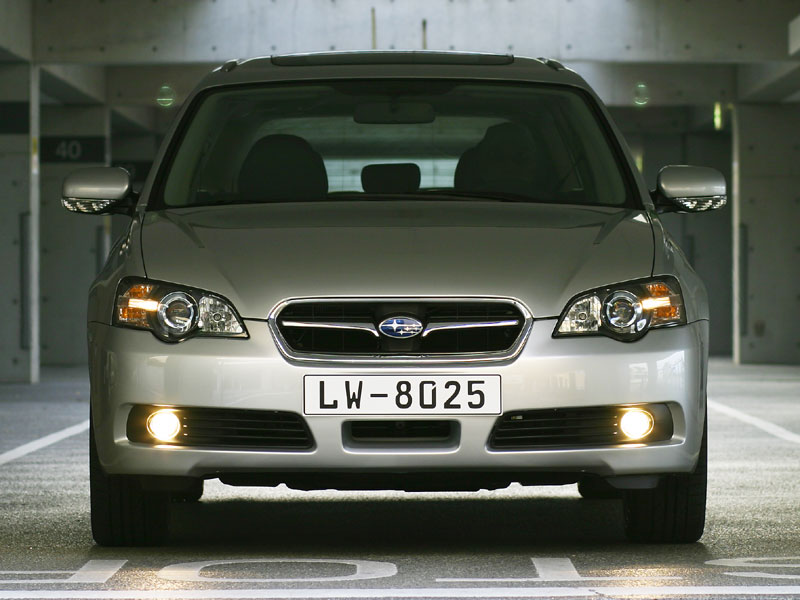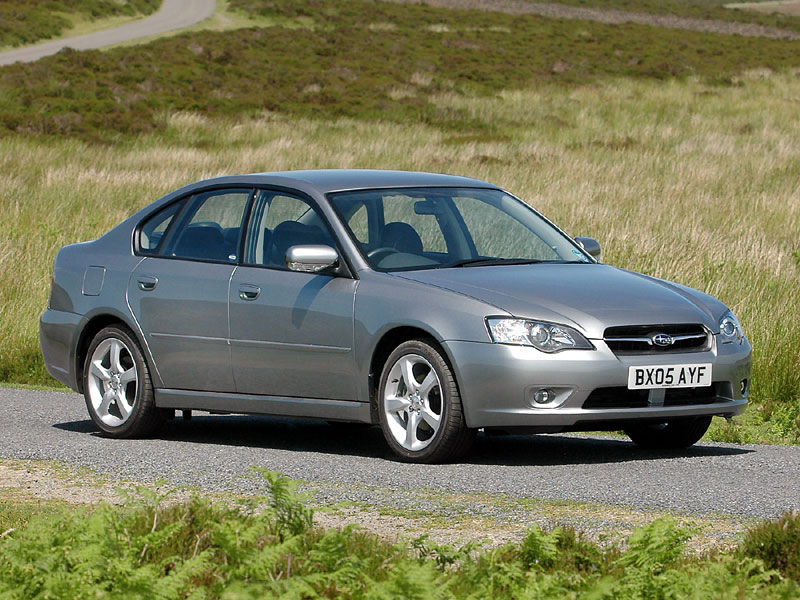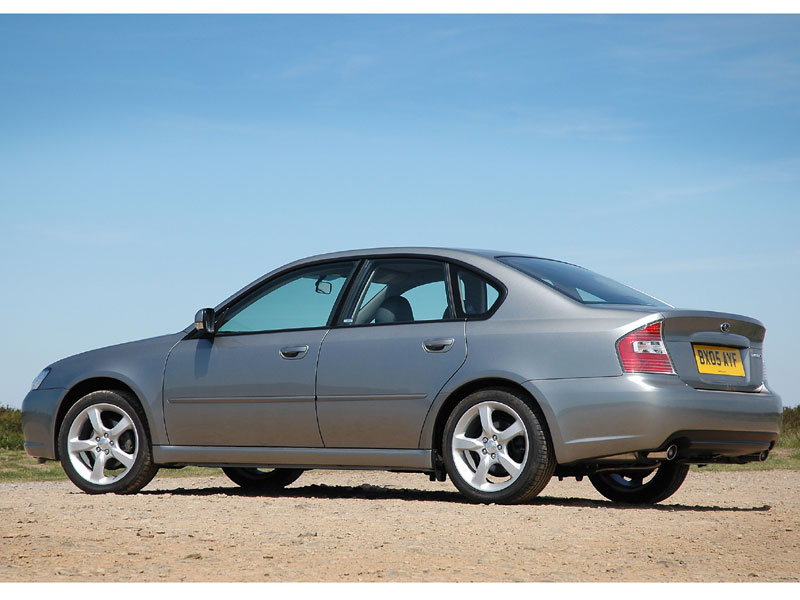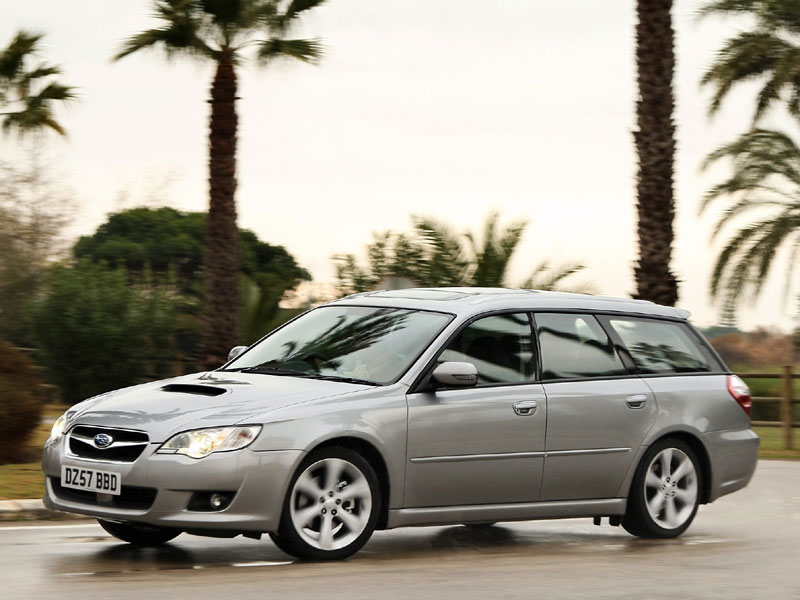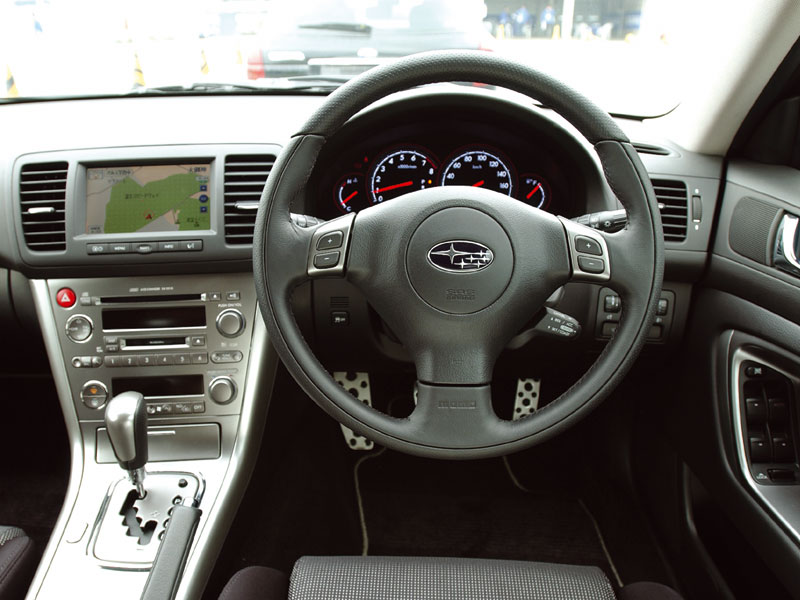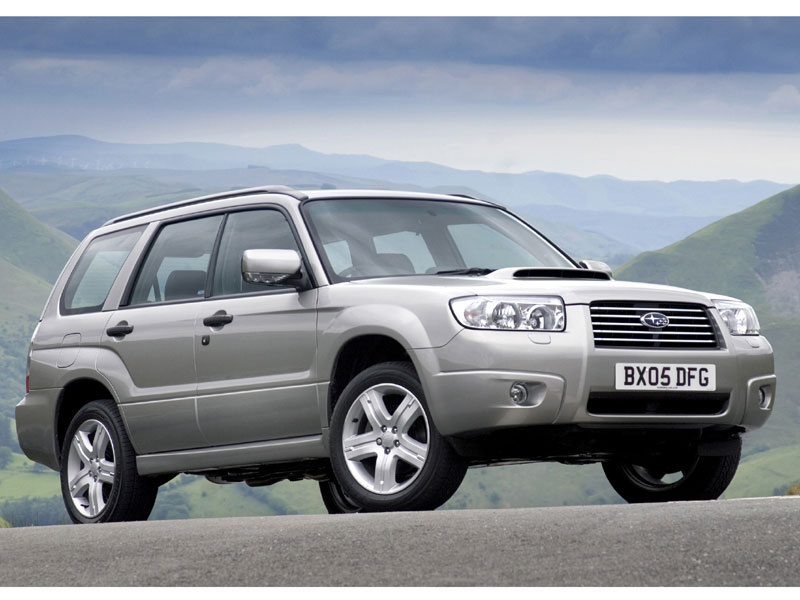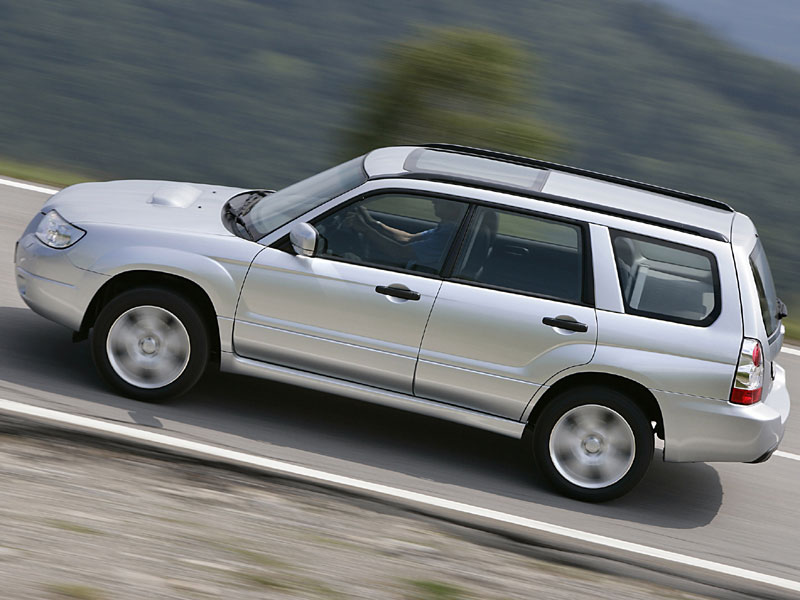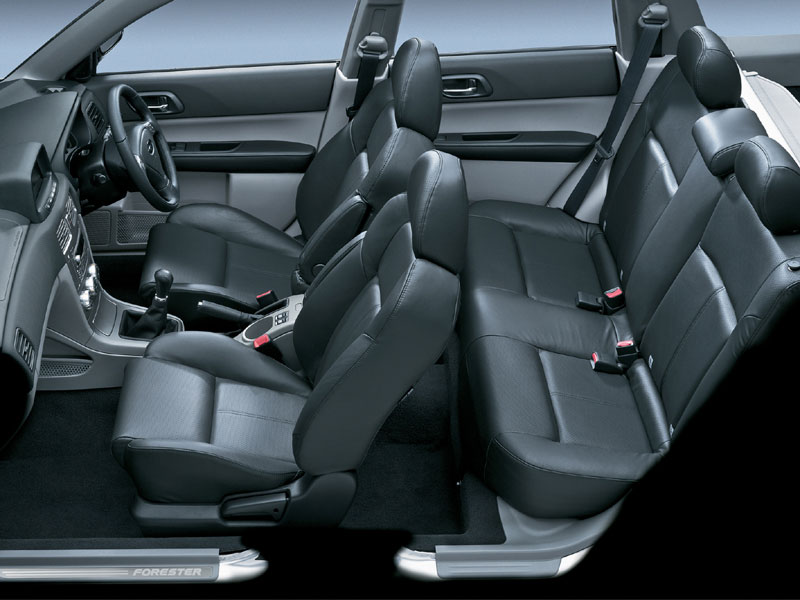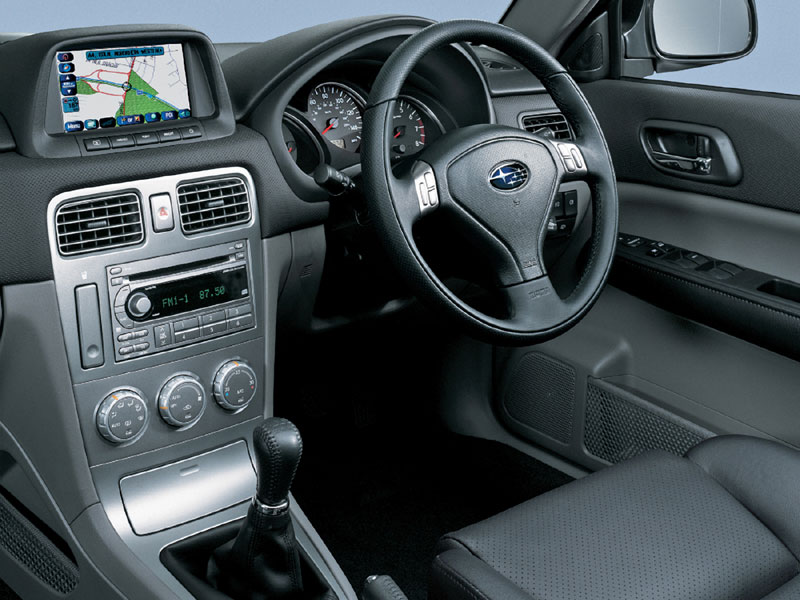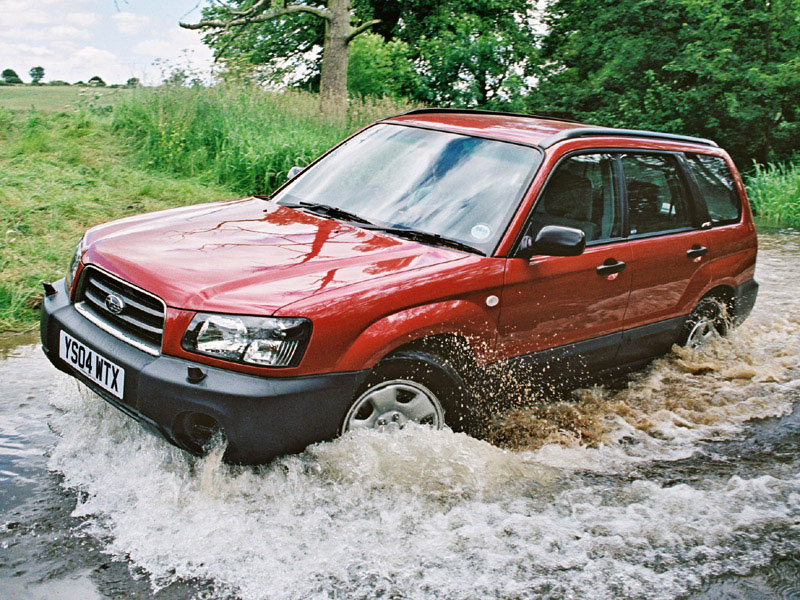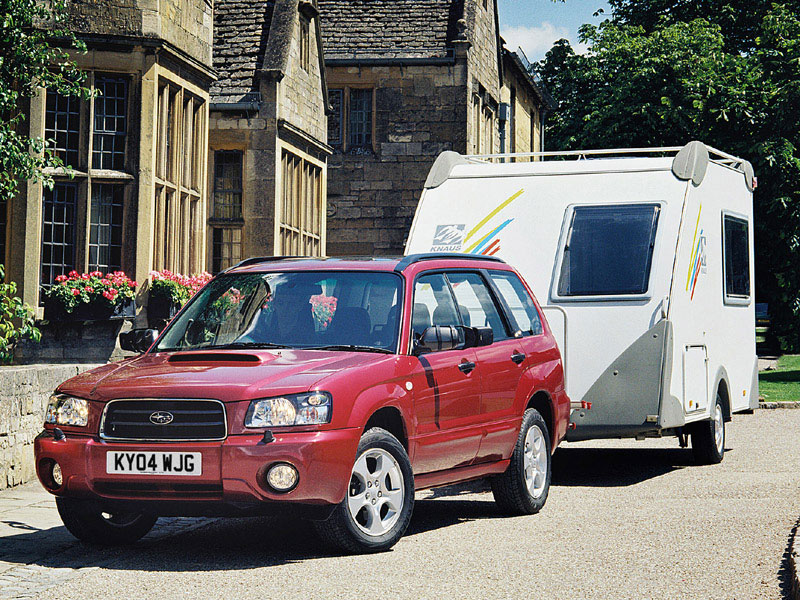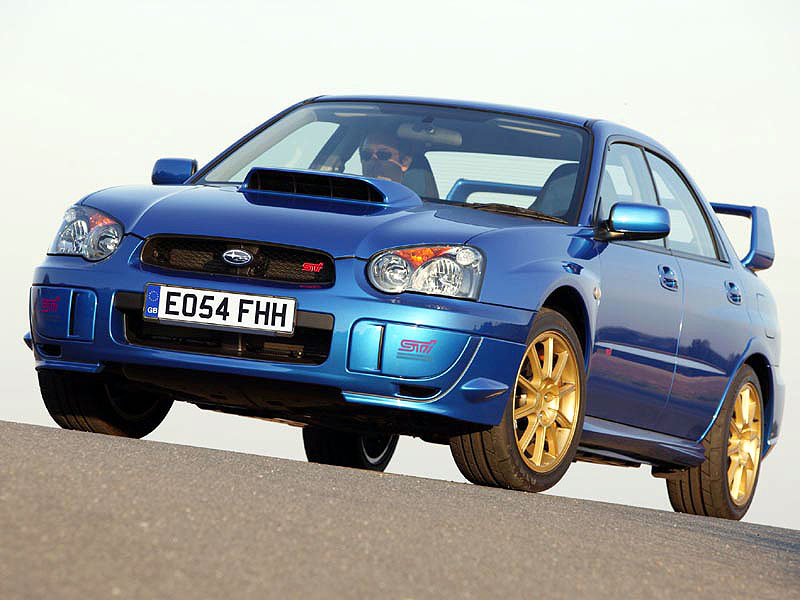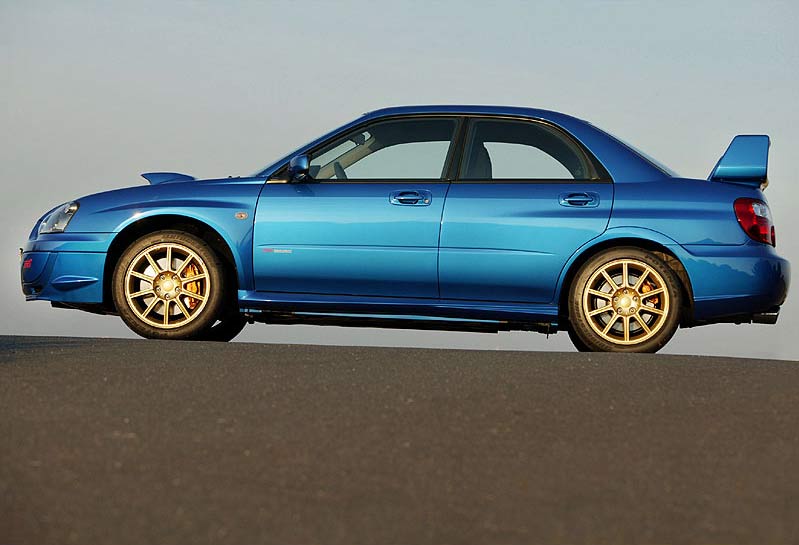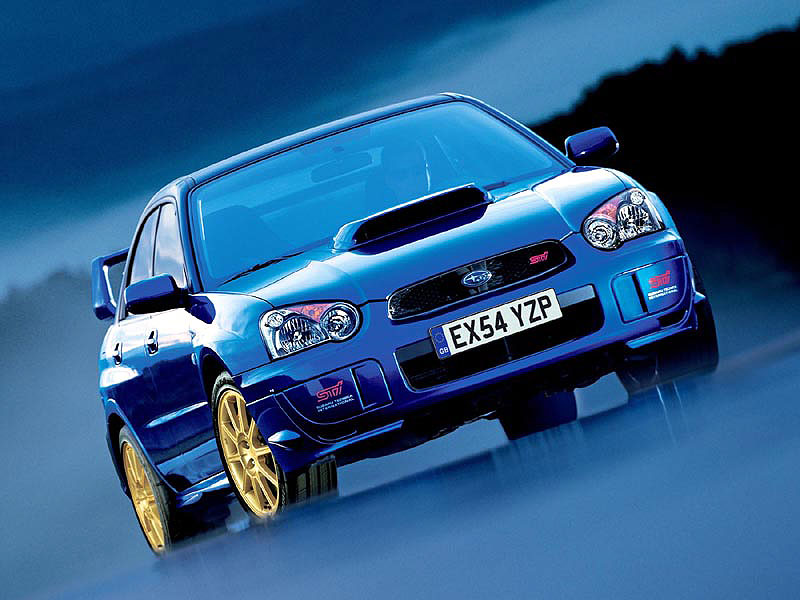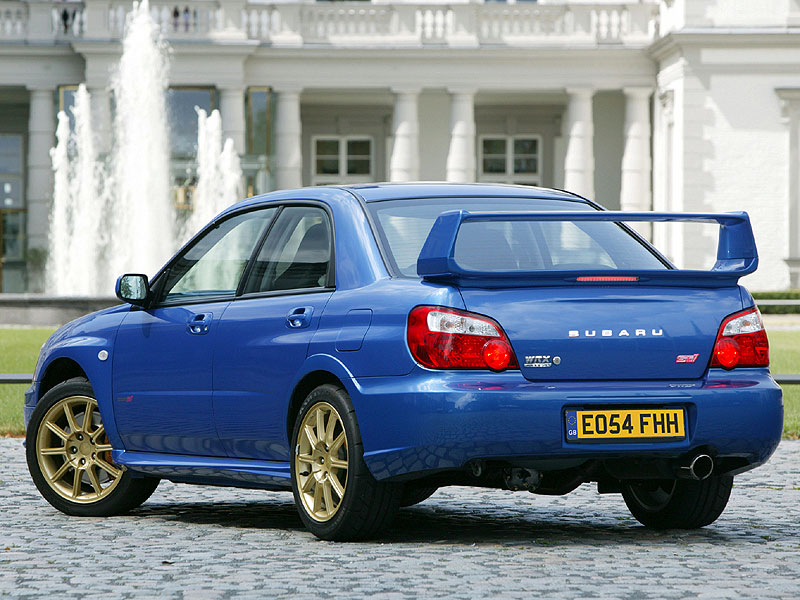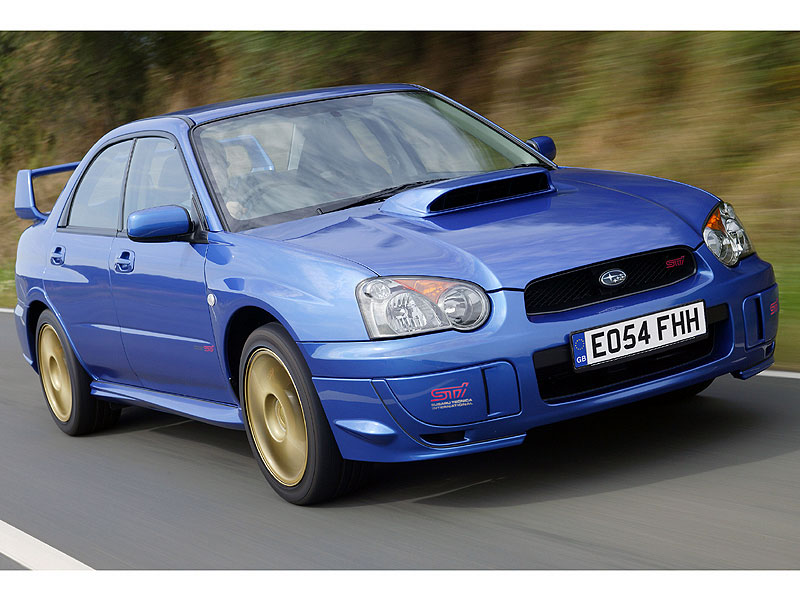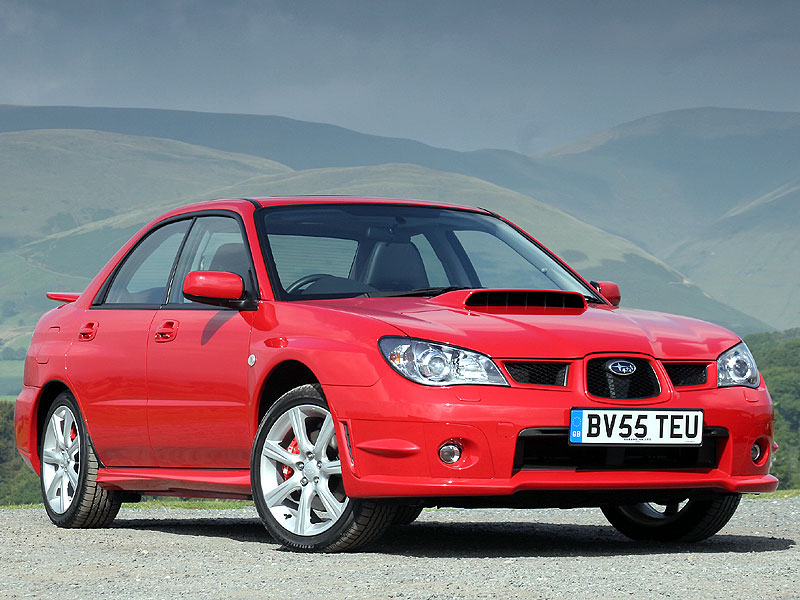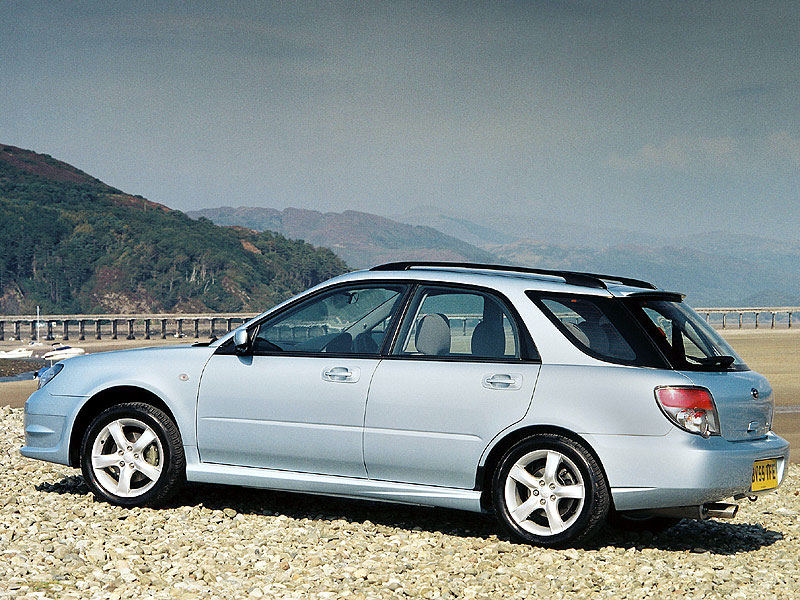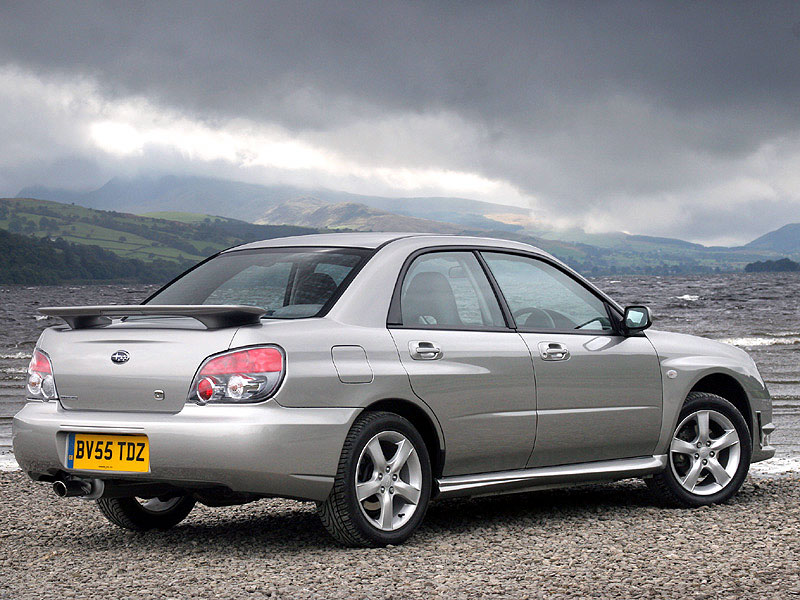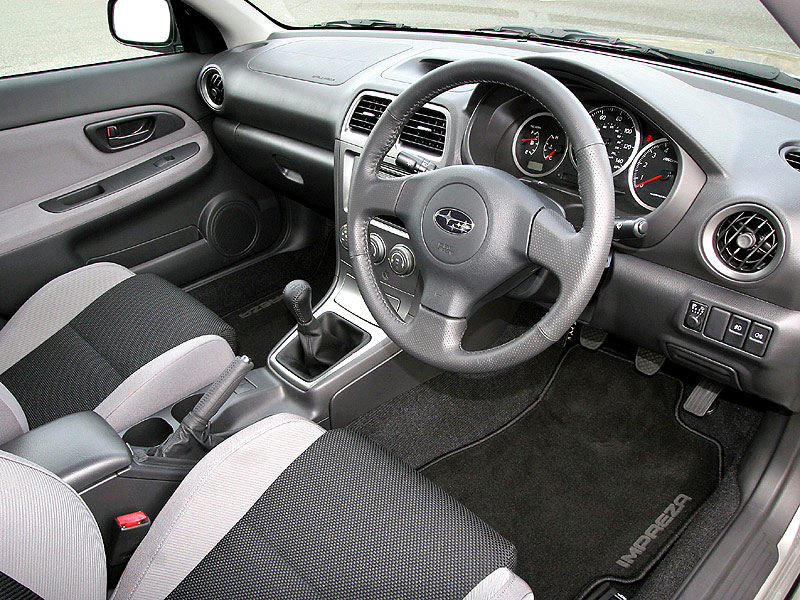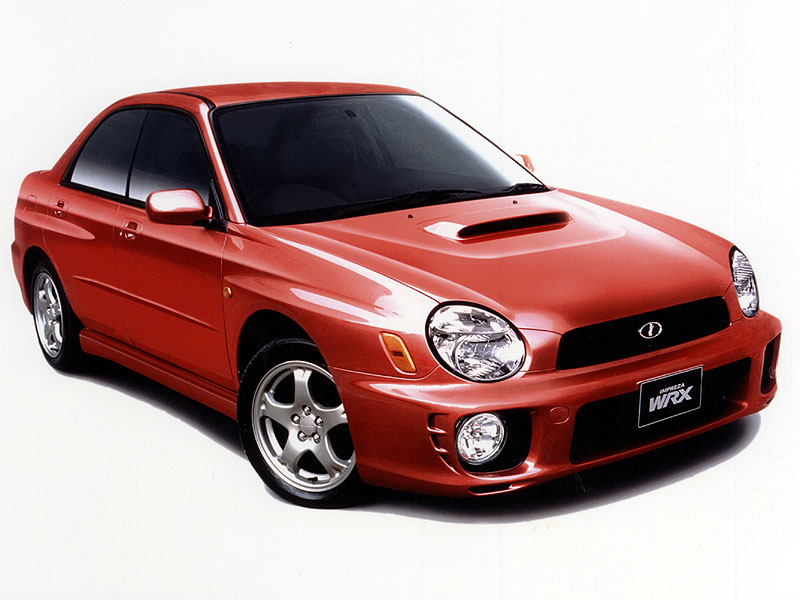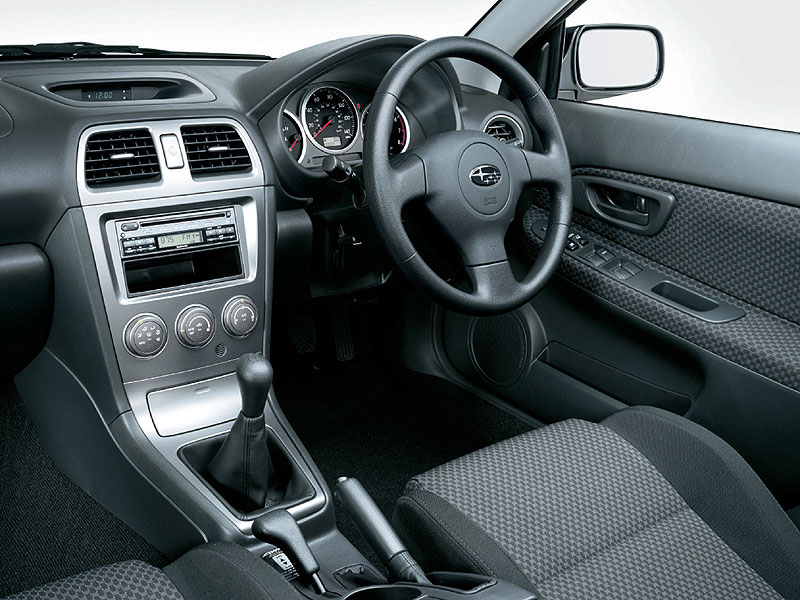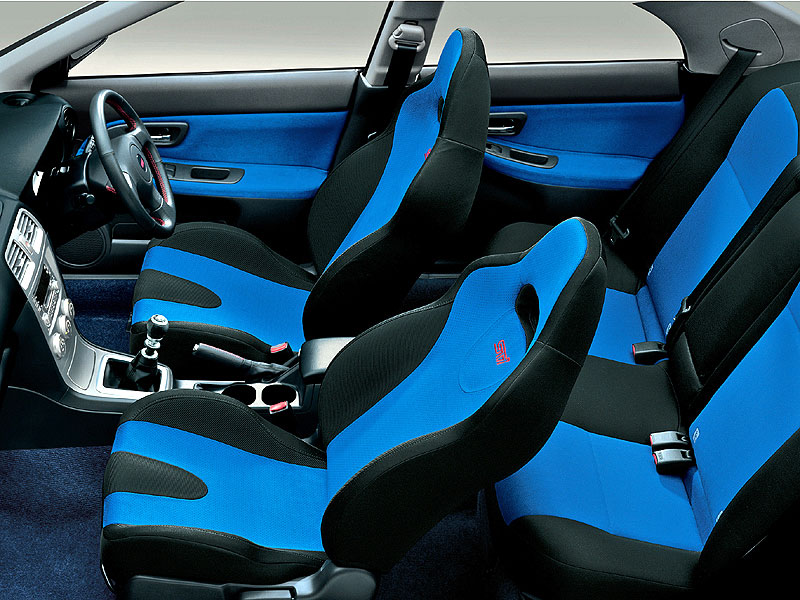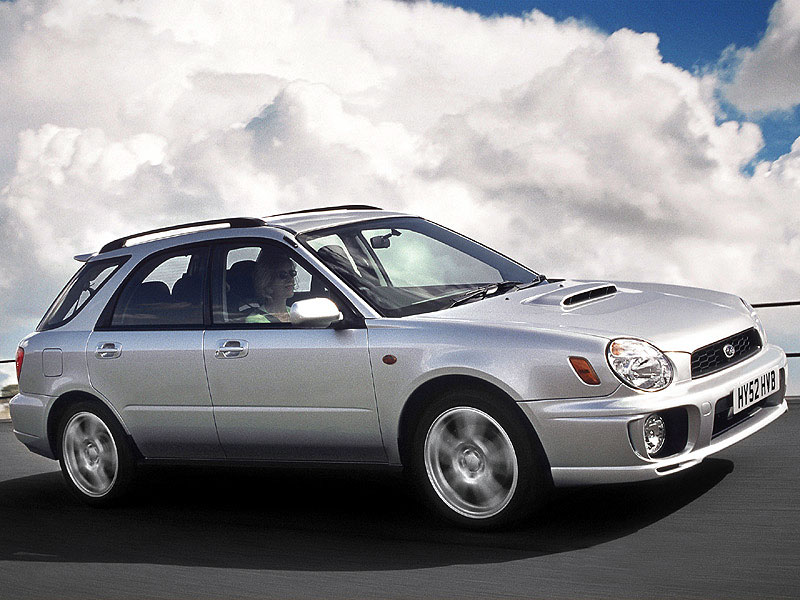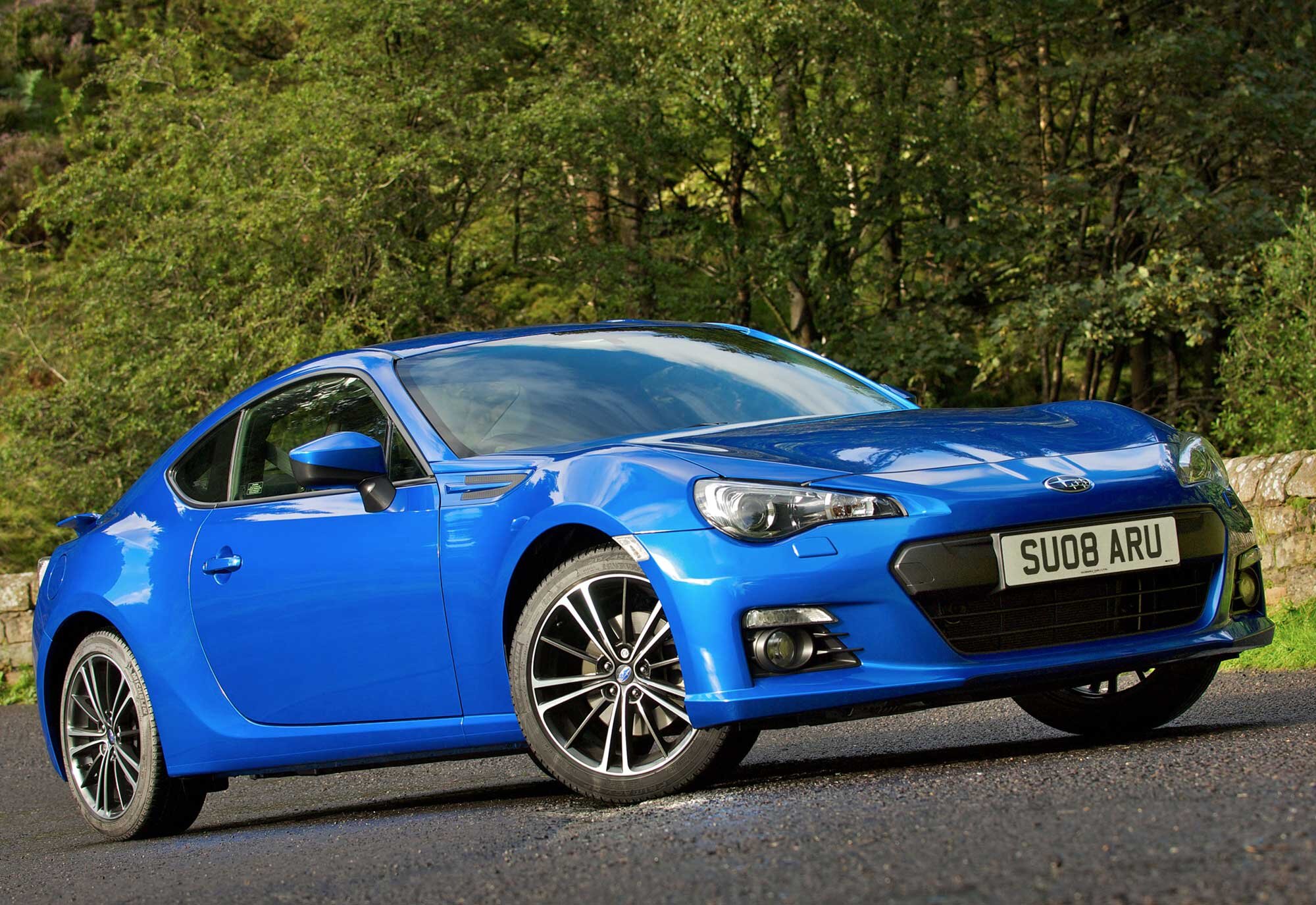
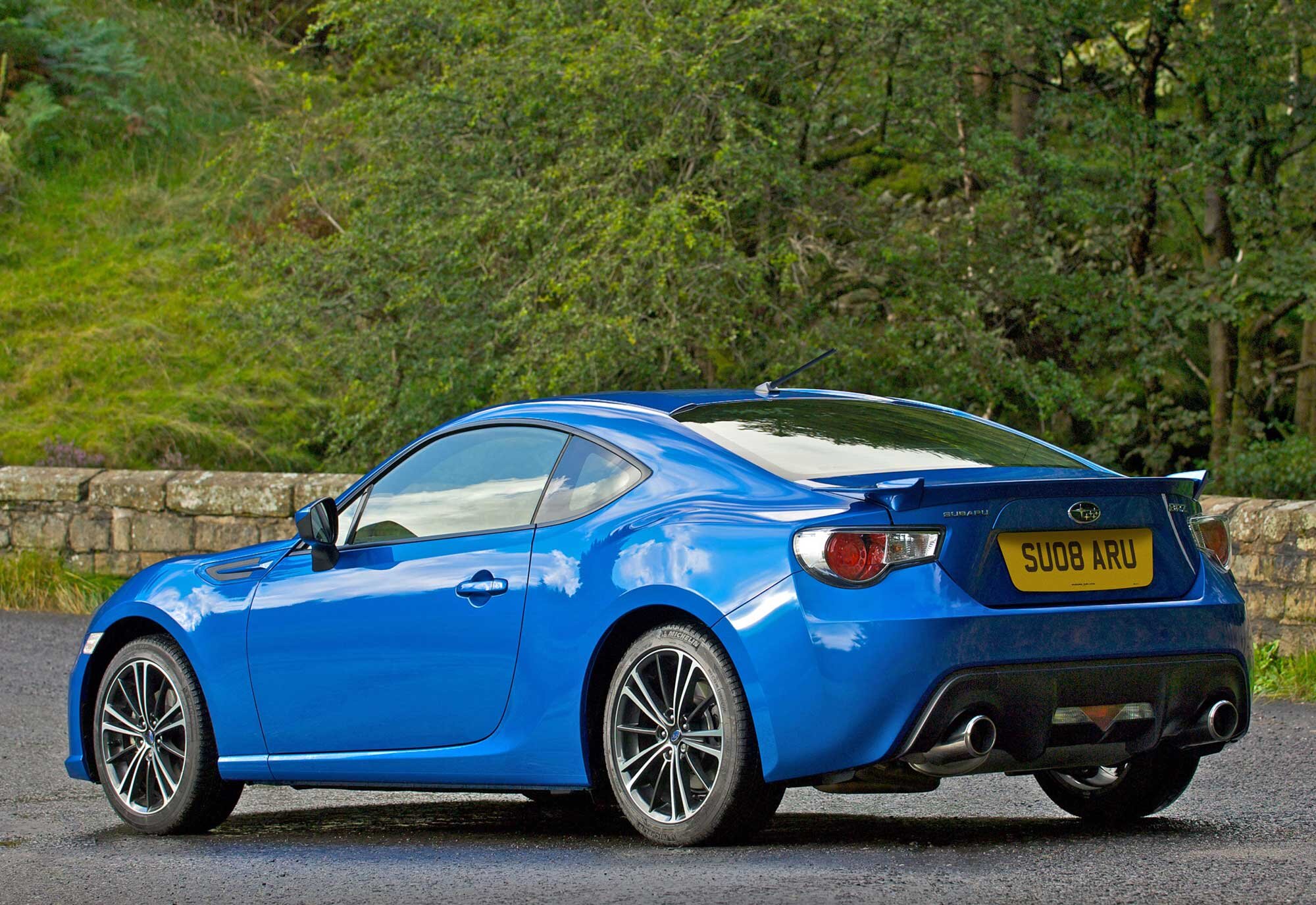
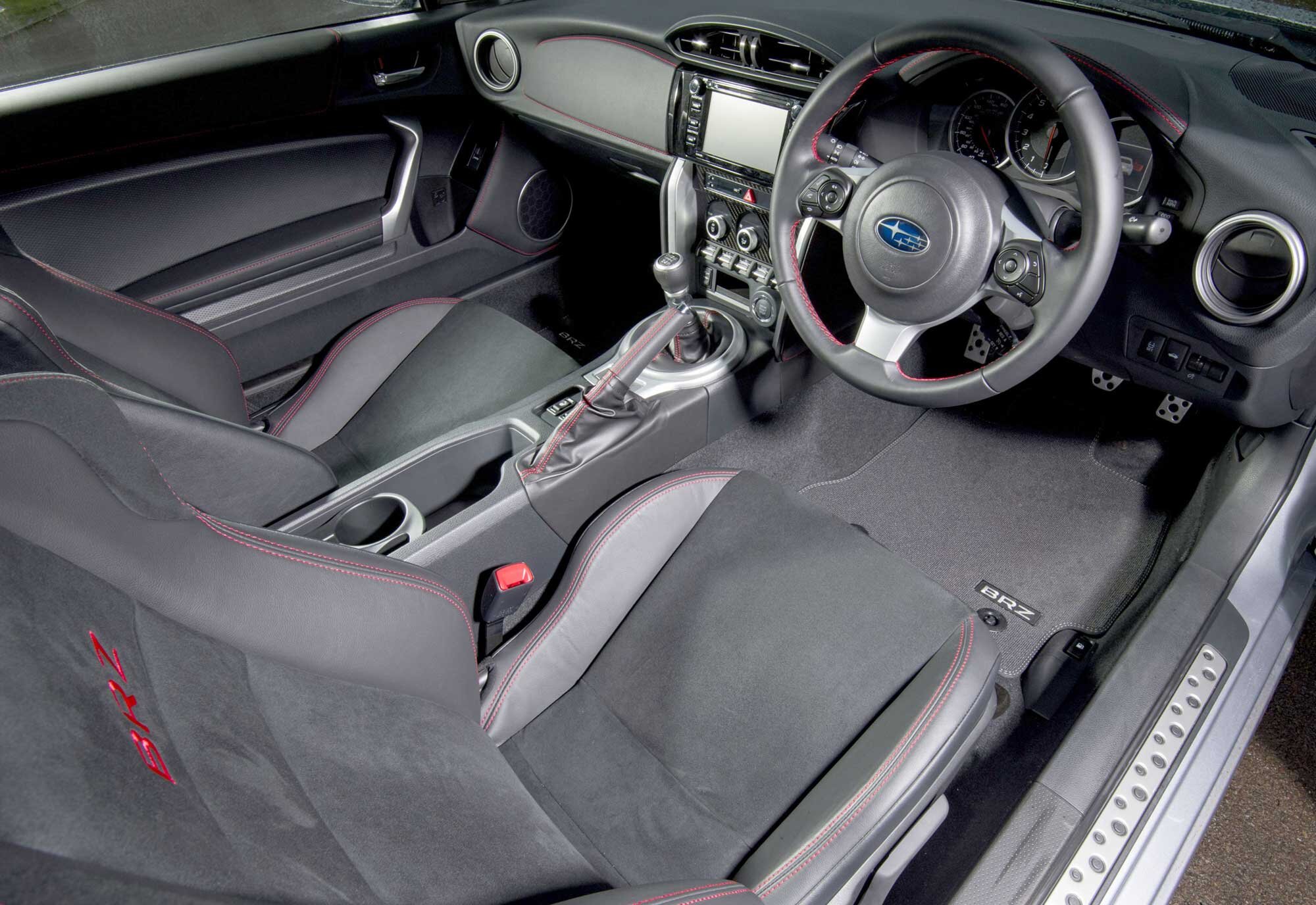
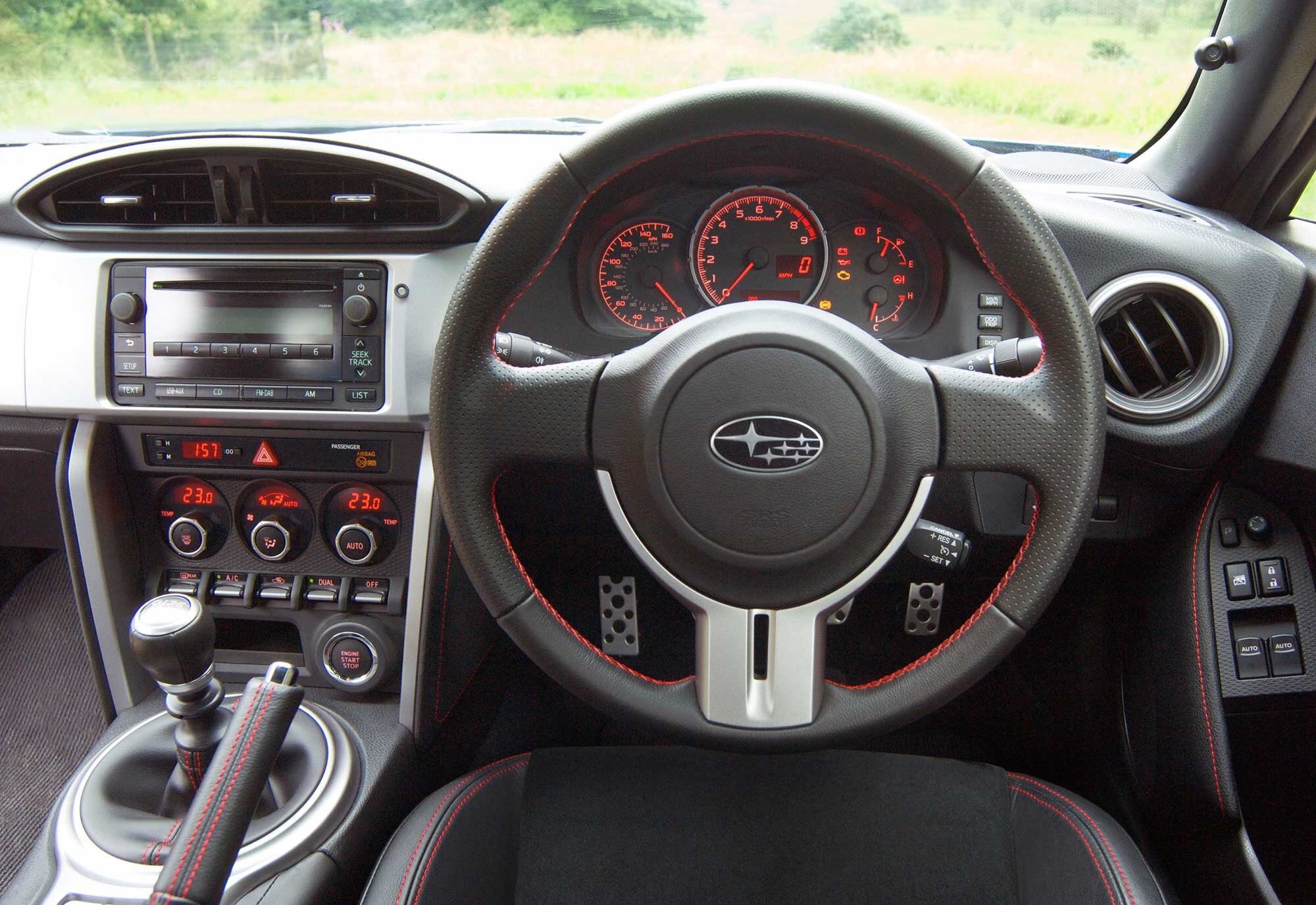
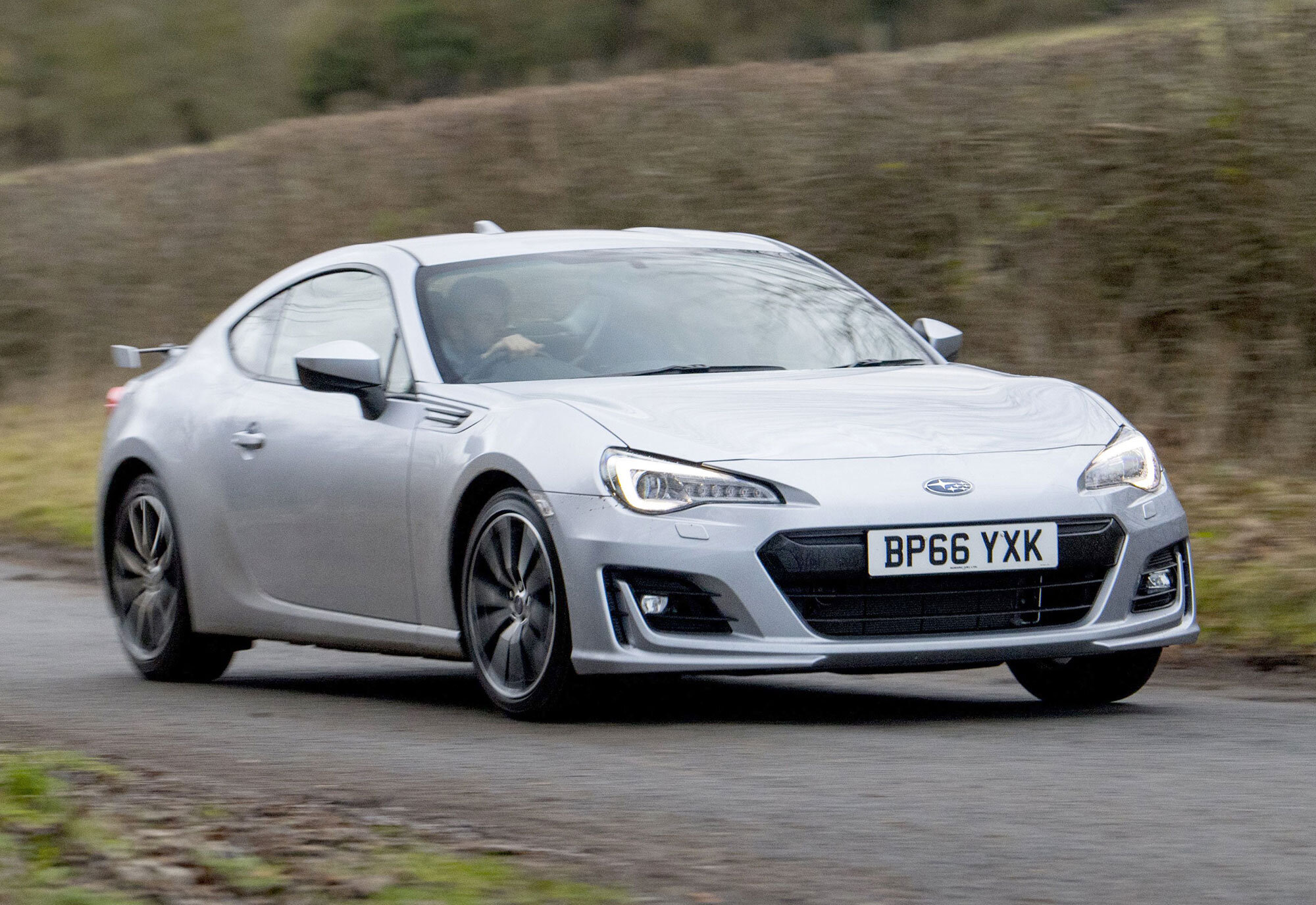
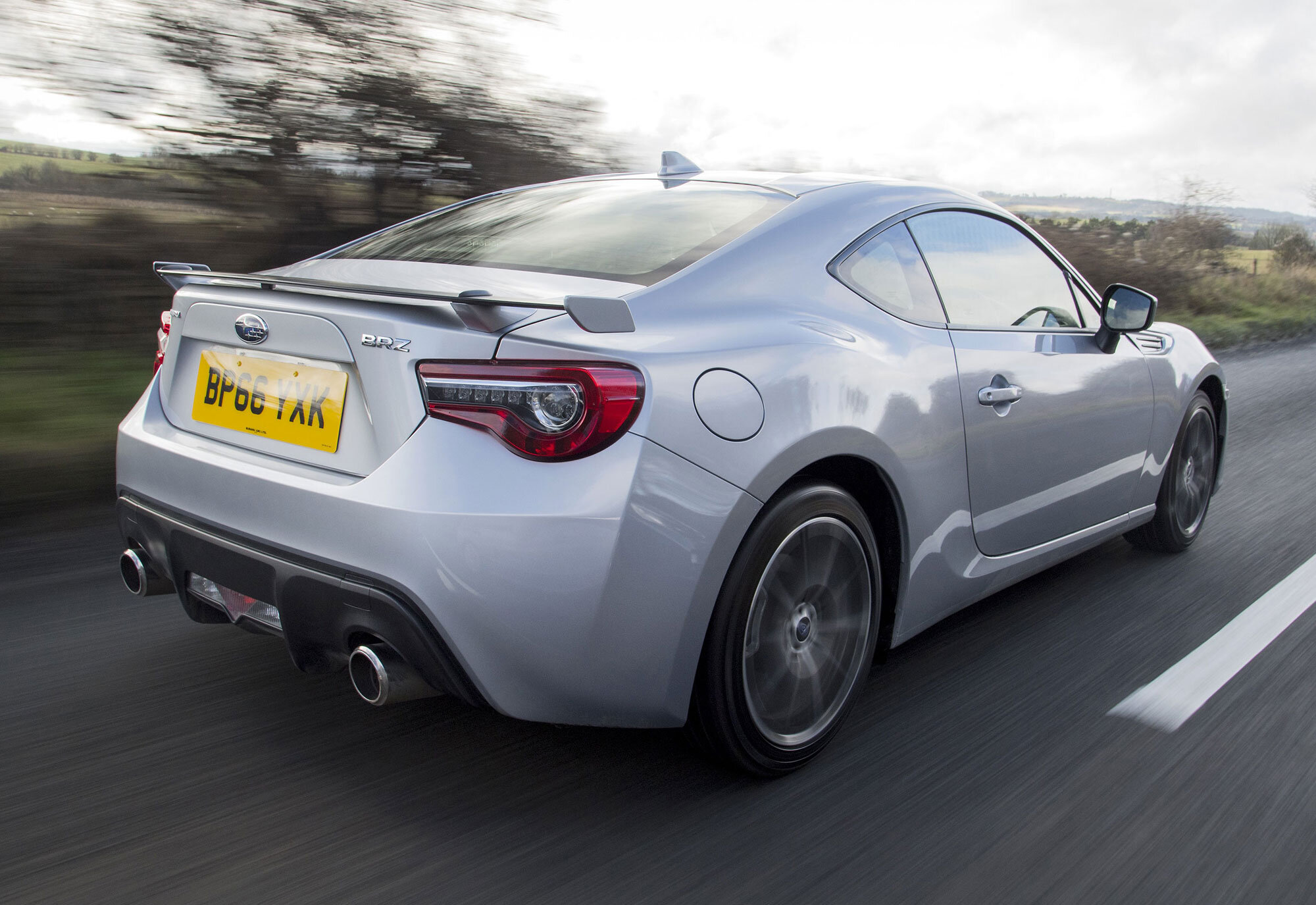
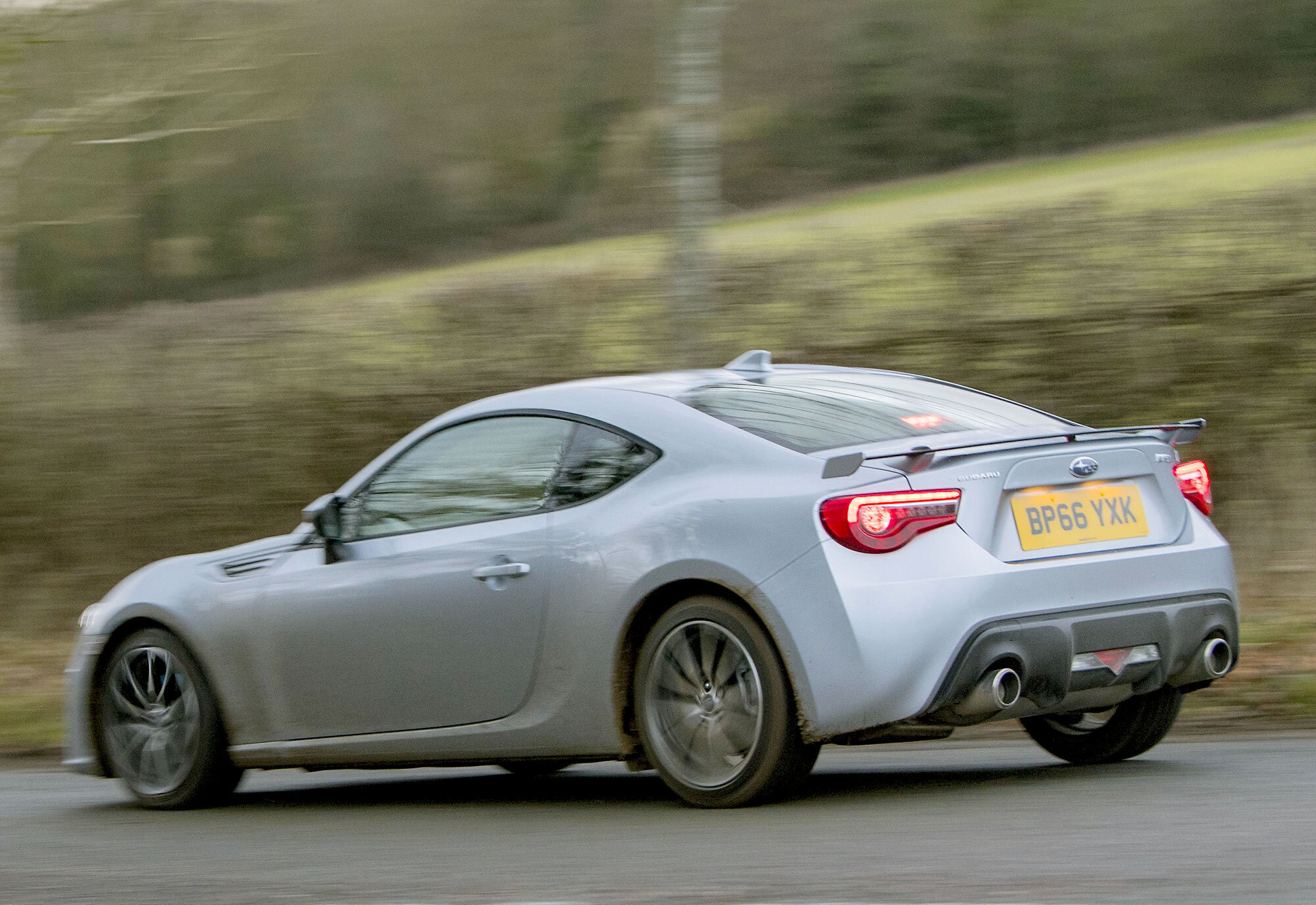
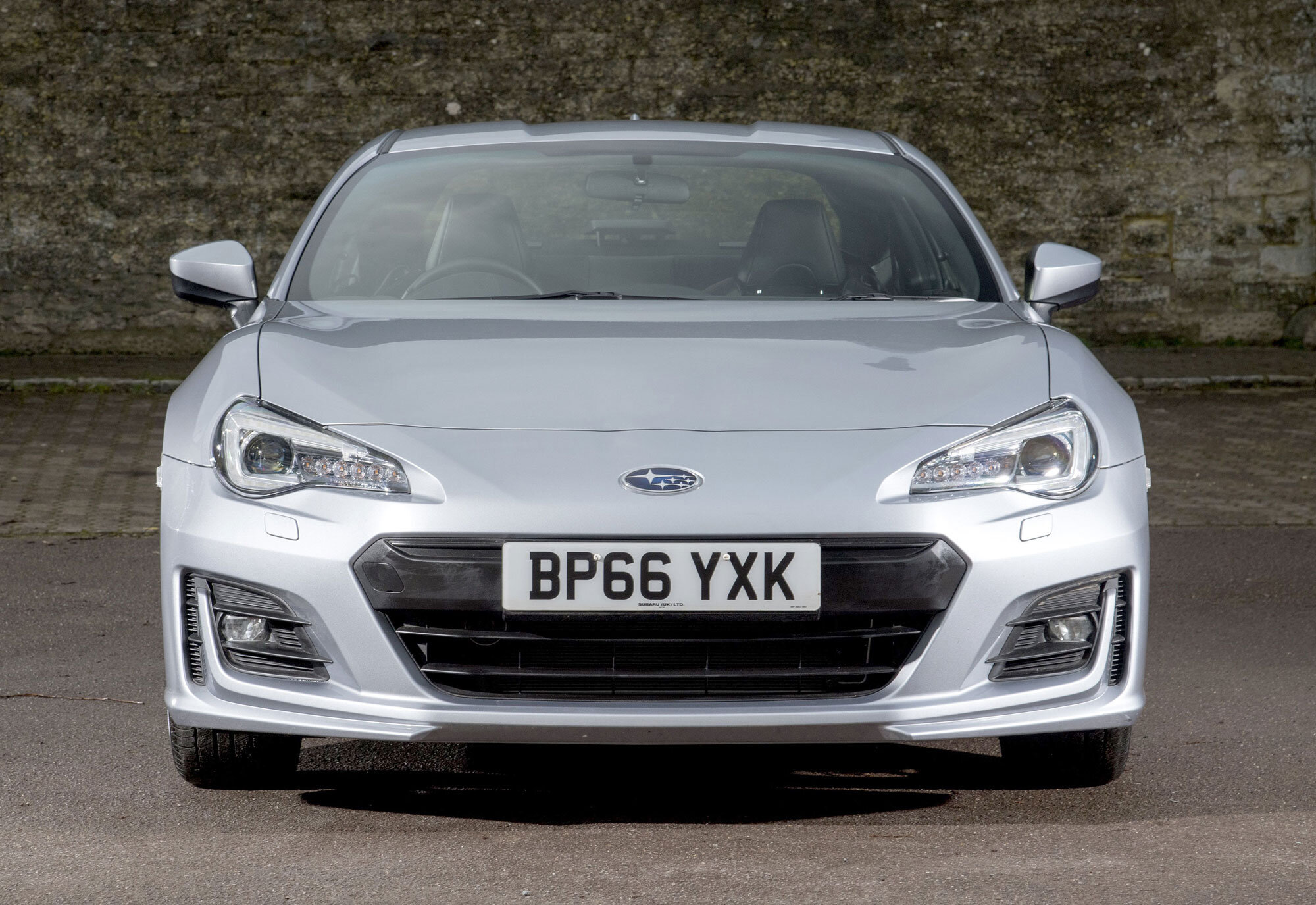
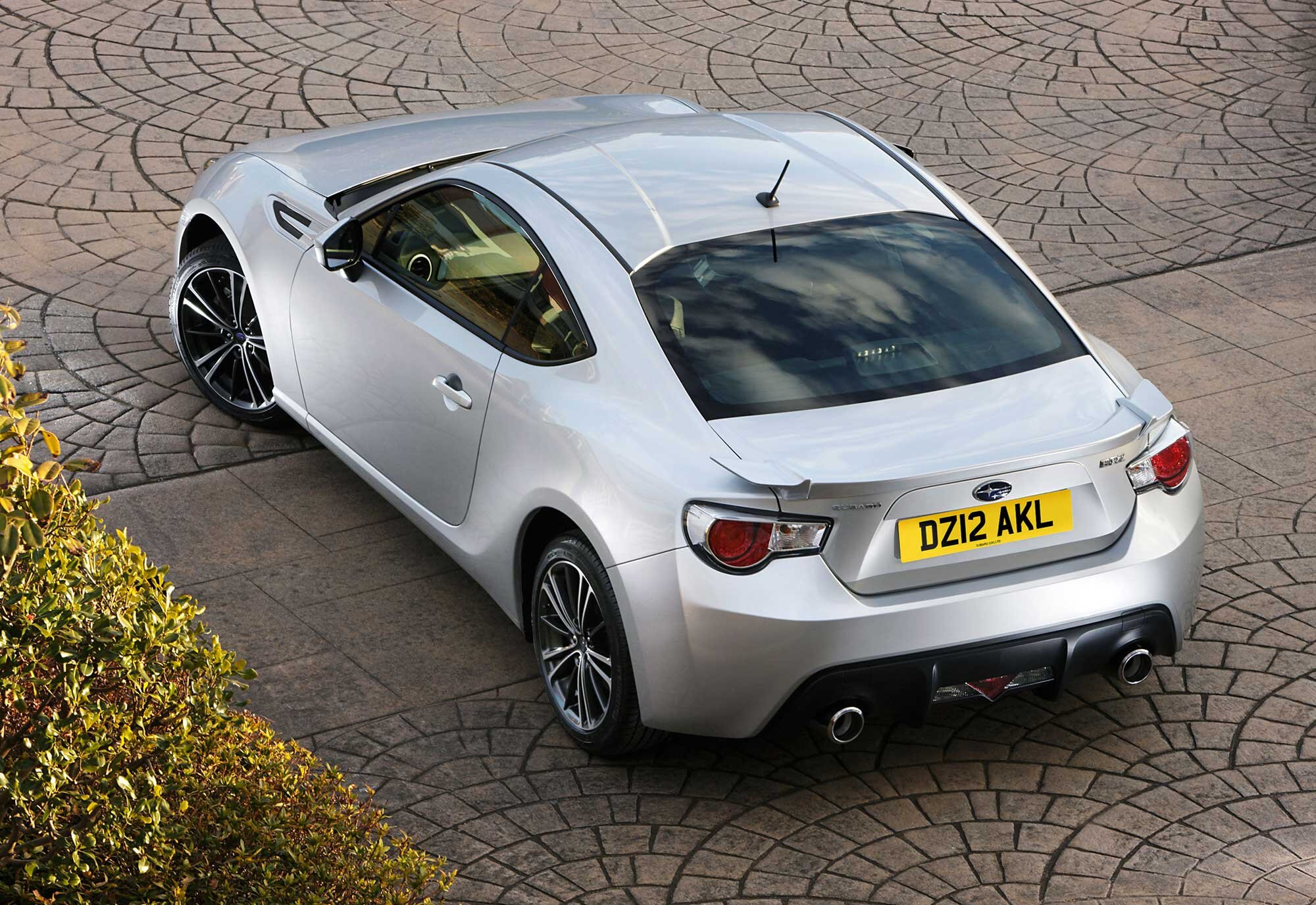
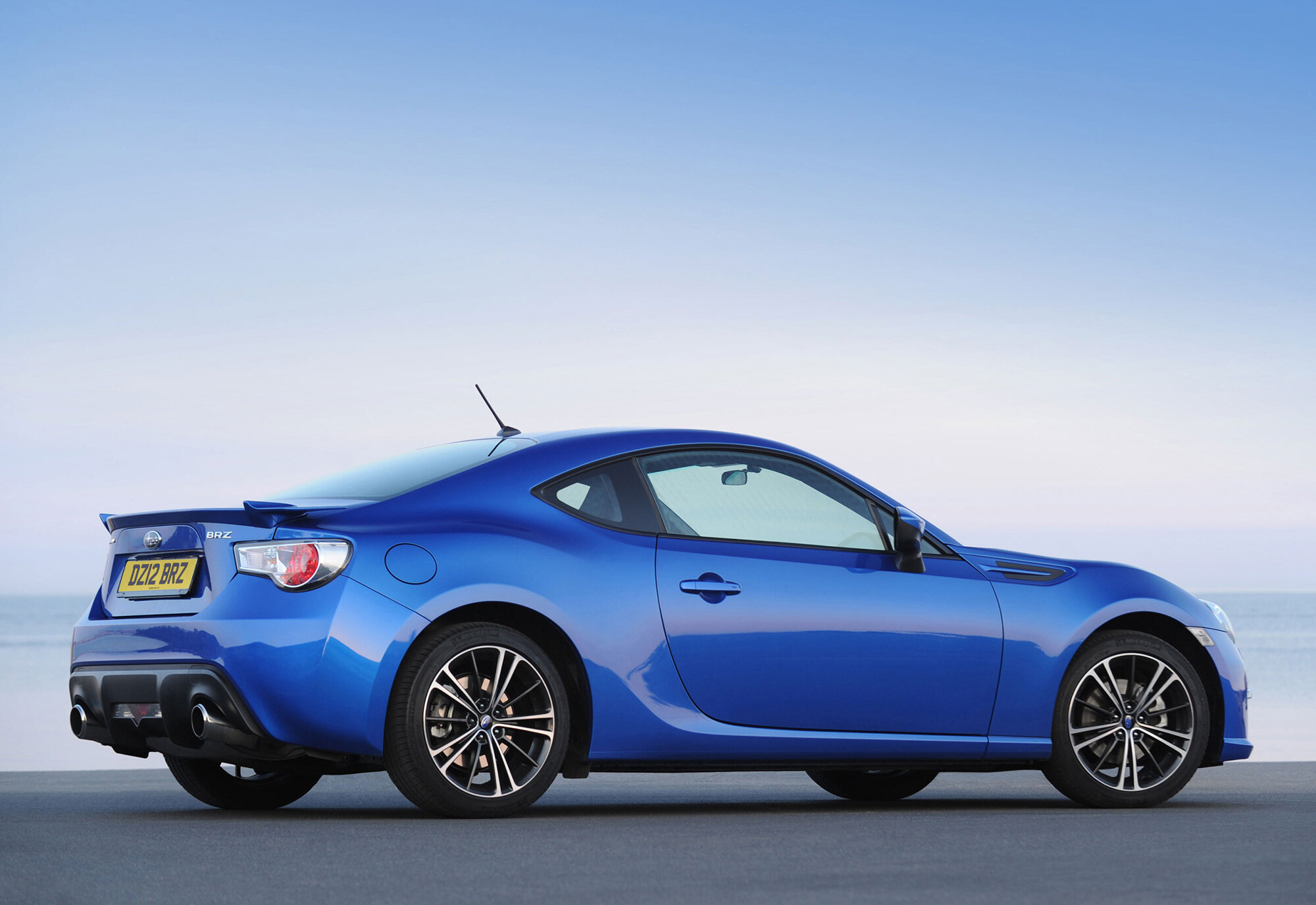
When Toyota and Subaru teamed up to create the GT86 and BRZ respectively, they undoubtedly created a modern-day classic. These two rear-wheel drive affordable sports cars were a breath of fresh air as they put driving pleasure first. While it's the GT86 that got all of the attention, the identical Subaru BRZ is much rarer but every bit as desirable, with its revvy 197bhp 2.0-litre four-cylinder boxer engine that sends its power to the back wheels via a six-speed transmission. With a fabulous chassis, the BRZ isn't especially powerful, but driving it is a tactile delight thanks to superb chassis balance and sublime steering matched with a fabulous gearchange. Compared with the GT86 alternative the BRZ is much rarer and there's no real reason to buy the Subaru instead of the Toyota, but if you fancy something a bit different and you've got a specialist on hand to look after it for you, the BRZ is a great buy that offers usability, reliability and a tremendous drive in one affordable package.
Key dates
11/11: The first-generation Subaru BRZ is unveiled at the Tokyo motor show, alongside the Toyota GT86.
6/12: UK deliveries of the Subaru BRZ begin. At launch, there's just one engine and a single trim level, but buyers can choose between six-speed manual or paddle-shift automatic transmissions.
9/14: The original standard trim becomes the SE Lux and a new entry-level SE trim is introduced with dual-zone climate control, sports seats, cruise control and keyless go. The SE Lux gets Alcantara and leather trim.
12/16: A facelift brings a redesigned nose, standard LED headlights, redesigned alloy wheels, a new steering wheel, higher-quality trim, engine updates, recalibrated suspension and more sophisticated airbags.
Checklist
The change into second gear can be particularly recalcitrant, especially until the oil has warmed up.
Some early manual gearboxes suffered from prematurely worn second gear synchromesh, but any such cars should have been fixed under warranty already.
Several owners have had problems with batteries going flat because of incorrectly wired heated seats.
Squeaky brakes seem to be a fact of life for many BRZ owners, with effective fixes proving elusive.
The seat bolsters aren't as durable as you might hope; they can wear through in under 20,000 miles.
Some BRZs have been turbocharged on an aftermarket basis. Be wary of such cars as the clutch can't handle the extra power.
The rear light lenses have a habit of misting up. It's something you'll just have to live with unless you pay for replacements.
Check for corrosion at the base of the door pillars; the paint might be bubbling here or it might have peeled away.
We like
Handling
Great value
Smart looks
Well equipped
Practicality
Rear-wheel drive
Low running costs
We don't like
So-so interior quality
Not many dealers
Pointless rear seats
Not very powerful
Lacks refinement

